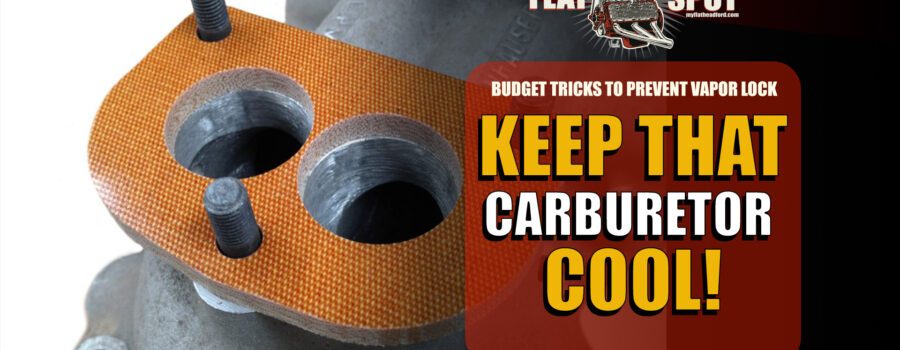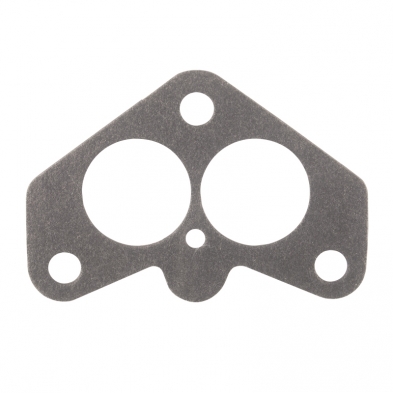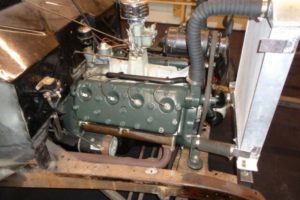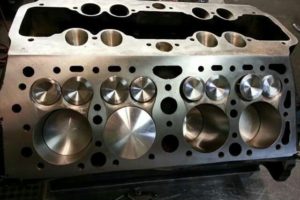Keeping That Carb Cool!
Back before the common use of fiber or plastic phenolic insulating carb spacers, Ford needed a solution to the fact that the carbs on flatheads would get to hot. Especially when operating in warmer climates. It’s well known thateven if it is not working in a hot climate, the cooler you can keep a 97 or a 94 carb, the better it will perform. So even if you’re not having vapor lock issues you might find something here that will improve your engine’s performance even just a little.
Now with today’s market you can get just about everything you need with a click of a mouse. Modern carb spacers will cost you in the neighborhood of around $30 plus shipping. But what if you’re working on a budget or you just want to find out if there is any kind of improvement to having one at all.
Spending 30 bucks to find out seems like a bit of a gamble. So, we look back at Ford history and we see what they use to do back in the day. Which provides us with a much cheaper and ford approved solution.
So, have you ever noticed that on a stock intake manifold that the studs when the carb is mounted are quite long. Like much longer than they need to be. Long enough that if you wanted to put in a small spacer, you could? That is because back in the day Ford dealers would recommend installing 4-6 Carb gaskets. Layering up the gasket material and making a kind of spacer that worked really well as a blocker for intake manifold heat. This is also a good solution today because unlike the 30+ dollar Phenolic Spacer most of us have a few extra carb gaskets laying around. If you don’t, I recommend ordering a few from Dennis Carpenter at the tune of about 1.95 each. It is also possible that you can special order them via Napa Auto parts although I have not personally tried.
Since I released the video above, some other enthusiasts have come forward and said they use to make spacers out of hard wood. Which if you have the means might be a good solution. Just make sure to sand smooth the ports and make sure that the wood doesn’t crack when you tighten everything down. This could result in a vacuum leak or even worse a piece of the spacer breaking off and entering
the engine.
Was this article a help? Consider supporting the Flat-Spot by becoming a Premium Member. Members get discounts with well known retailers, a cool membership packet full of goodies and your membership goes toward helping us upkeep and expand on this great archive.











